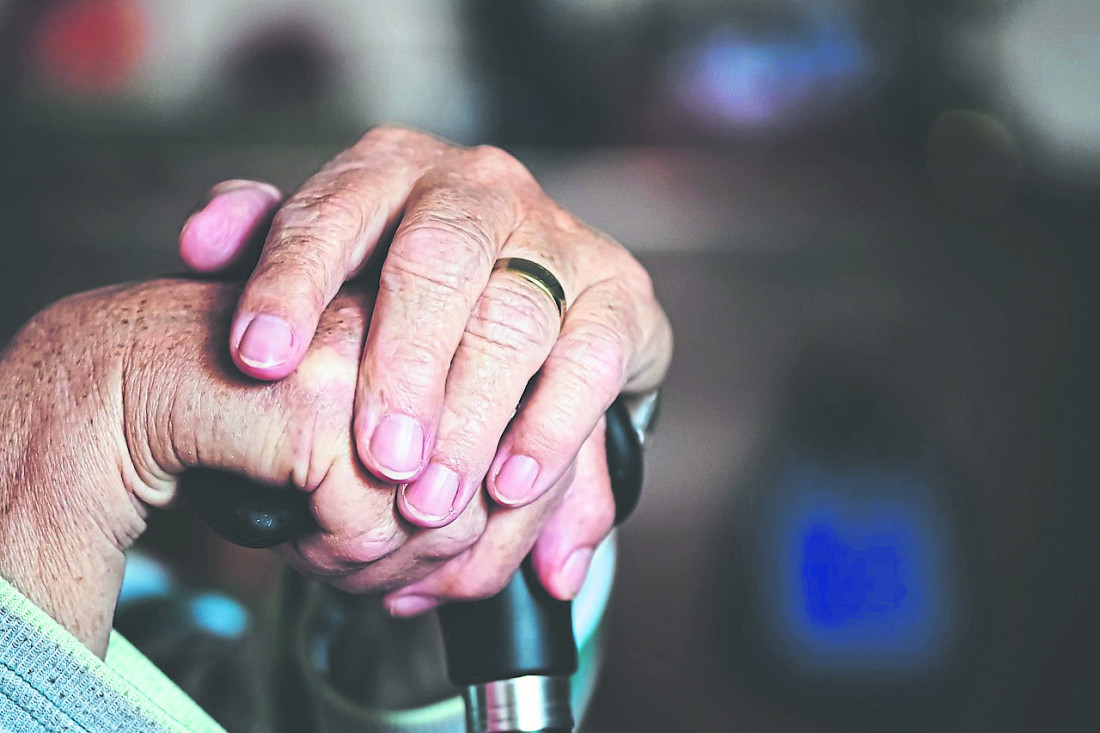A new report published shows that Donegal has the highest requirement in the country for Long Term Residential Care (LTRC) beds for those over 65 years of age. The number required is 204 per 1,000 of the population over 65.
The report from the Economic and Social Research Institute (ESRI) looked at changes in nursing homes in Ireland since the Covid-19 pandemic between February 2020 and December 2022.
It shows that Donegal had 932 LTRC beds at December 2022. By comparison other counties had as follows; Mayo 1,112; Leitrim 243; Sligo 396; Monaghan 484 and Louth 758. It reports the percentage of the population of Donegal over 65 years of age at 17.8 per cent and the percentage of the population of the county over 85 years of age at 1.8 per cent.
The report calls on government to harmonise financial incentives for nursing home providers with the primary objective of fulfilling residents’ health and social care demands within a more integrated care environment. It highlights the disparity in the various costs and states modifications to the Fair Deal scheme are likely to be required to ensure more adequate funding for LTRC residents so that funding and care can be targeted at residents’ specific care and support needs.
The report notes the closure of LTRC homes with less than 30 beds and the growth in large, private, for-profit operators entering the market right across the country.
In Donegal 61 per cent of the county’s LTRC beds are privately owned while 34 per cent are in public ownership. The proportion of publicly owned LTRC beds in the county is one of the highest in the country.
According to the depiction on the map in the report seven of these are private while five are public.
There were 558 LTRC homes operating in Ireland in December 2022.
Between February 2020 and December 2022 the number of LTRC beds here fell by 3.5 per cent while beds in the more populated counties around the capital, Meath and Louth saw an increase in bed capacity. Roscommon saw the biggest drop in the number of beds at 10.9 per cent.
In the counties which saw the greatest increase in beds, this is attributed to the opening of a small number of purpose-built homes which typically had more than 100 beds.
The report cites a large number of LRTC home closures in Counties Donegal, Roscommon, Galway, Cork and Limerick.
Tadhg Daly, CEO, Nursing Homes Ireland (NHI) welcomed the publication of the report this week and he applauded the ESRI for recognising the very difficult impact Covid-19 had on nursing home residents and the caring committed staff who moved heaven and earth to keep residents safe.
“The ESRI report highlights a reduction of 336 beds from the beginning of the pandemic. HIQA recently reported 60 nursing home closures between 2018 and 2022 which is having an impact on older people and their families throughout Ireland, with people having to travel further to access care and for families to visit residents. More nursing home closures are inevitable with the loss of vital community health and social care services unless there is a strong response and substantive immediate intervention in policy and resourcing by the Government as recommended by ESRI in this report.
“This crisis cannot continue without serious consequences for the State and for care of the older person. NHI has made repeated warnings on the sustainability of the sector which have been ignored by the Department of Health.
“Entire models of care are being wiped out and the entire sector is under threat by a failure of the State to recognise the disparities in funding and by failing to provide for rampant inflation in costs,” Mr Daly said.










